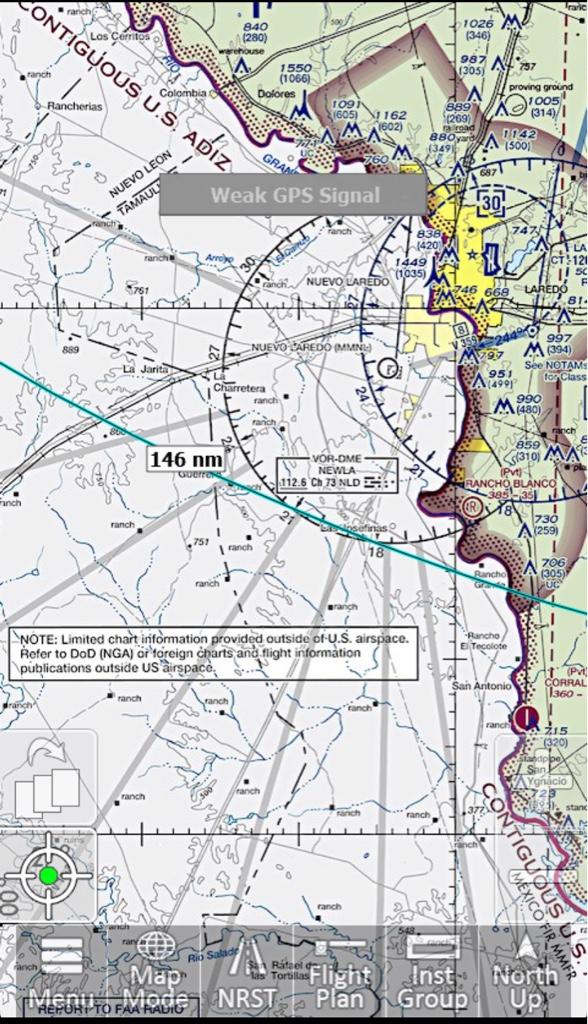I agree - though the former has me thinking about the definition of "charts" and 91.103. I'm an avid FF user - is their basemap and info available to me sufficient to fly VFR safely and legally? - say FPR to MYAT in my GNS430 equipped plane?
When I was an AF pilot training instructor, the bulk of the cross-country navigation training we gave the students was in the IFR system. There were some minimal requirements for VFR legs during their training. I think they needed one or two complete VFR legs from origin to destination, and another where you filed somewhere IFR, then cancelled 80 miles out and proceeded to the field VFR. That was it. Suffice to say, students did not get a lot of exposure to VFR flight.
Consequently, the instructors didn't have much experience with VFR flight either. I came up in the GA world before I started my military flying, so I had a pretty solid background in the VFR flying world, as did a handful of my fellow instructors. The rest were a bit shaky on the pitfalls.
Part of the problem was that the Air Force gave us TPC (Tactical Pilotage Charts) to use for our VFR planning. These are the same scale (1:500,000) as a standard sectional, but with about 1/10 of the information. The TPCs showed MOAs and Restricted airspace, but that was about it. No Class B, C or D areas, VORs or any frequencies.
Here's a picture of the TPC that shows New Orleans and eastward, compared to the New Orleans sectional.


It wasn't uncommon to see students (and IPs) plan a XC leg with no regard to airspace.
"Oh, you're planning on going from Mobile to New Orleans VFR at 6,500'. That sounds good. Do you know where Gulfport's TRSA is?" Then blank looks.
Needless to say, I always planned my XCs on a sectional, and taught my students to do the same.
This new lack of information on the sectionals is troubling...


